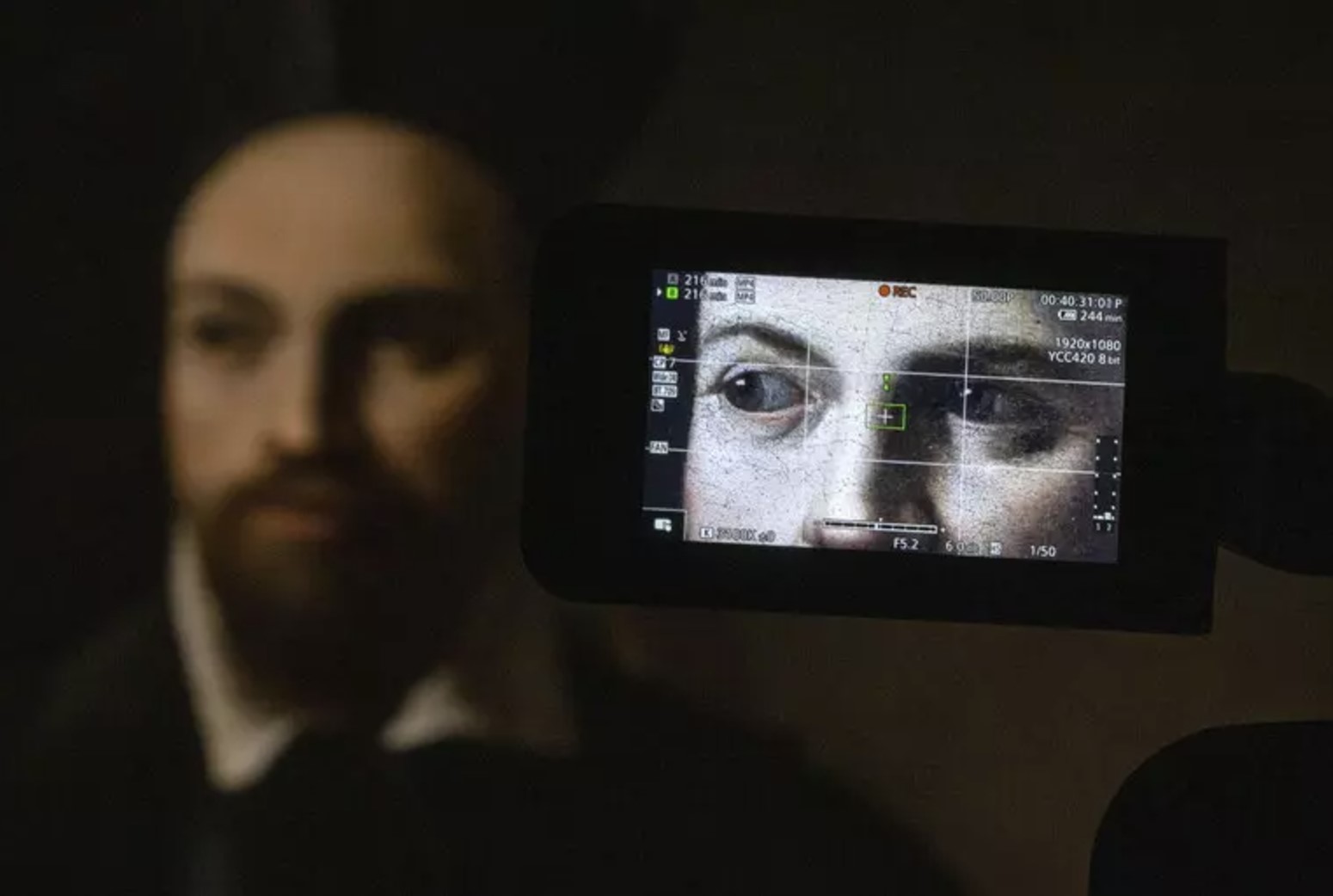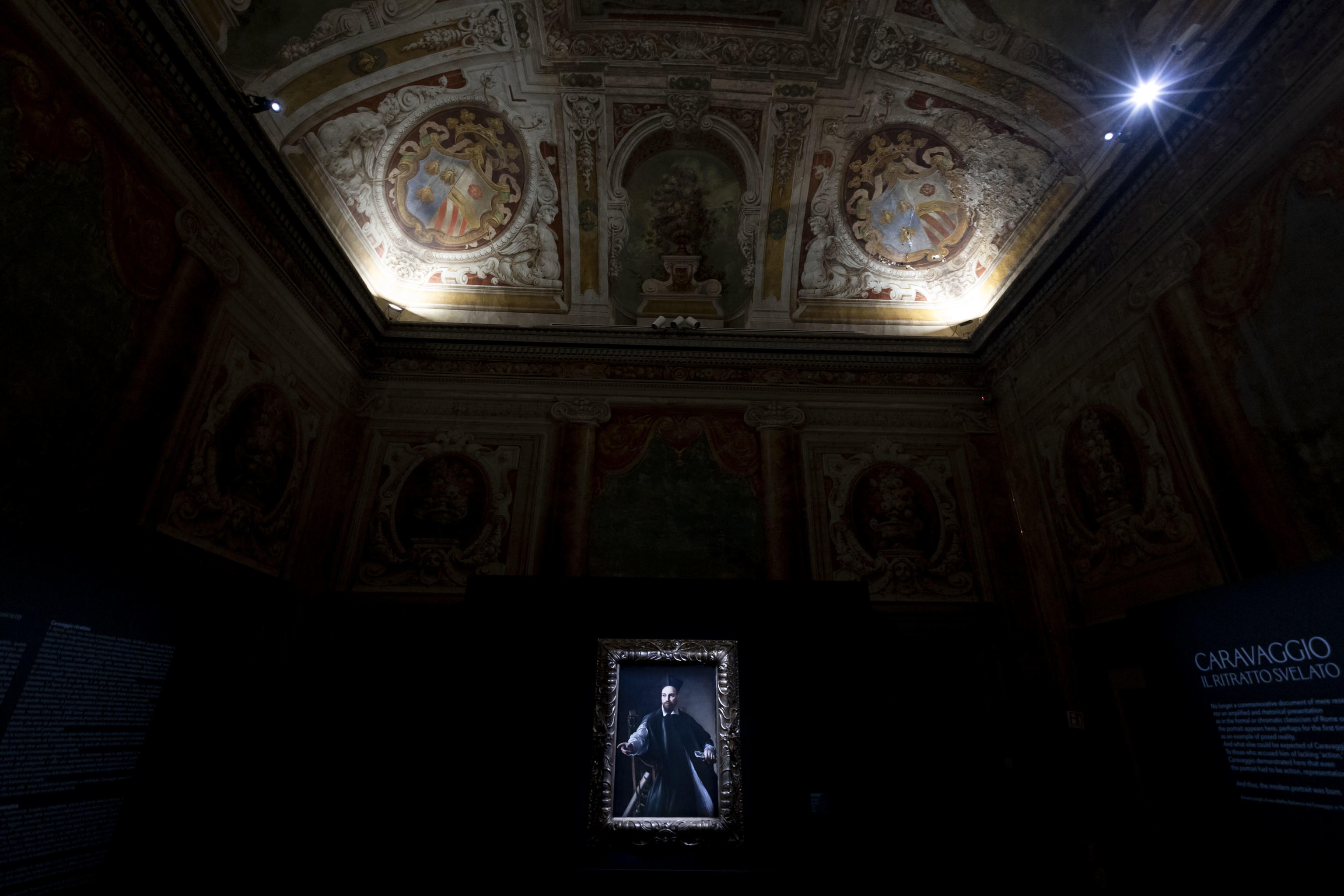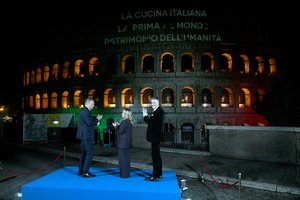The work, a portrait of Monsignor Maffeo Barberini, is the subject of the exhibition Caravaggio, The Portrait Revealed.
The piece was a surprising loan from the private collection to which it has belonged since the 1960s.
“It is the Caravaggio painting that everyone has wanted to see for years,” said the director of the National Galleries of Ancient Art, Thomas Clement Salomon.
Salomon curated the show together with Paola Nicita.
“It has never been exhibited, lent [to others] or [been] the subject of exhibitions,” he continued.
“It’s an epochal event, and Maffeo Barberini is coming home,” said the general director of Museums at the culture ministry, Massimo Osanna.
“Only Salomon could have done it.
“[The piece] is not a rediscovered painting, it has been known since the 1960s, but since then it had only been seen by five or six specialists,” Osanna explained.
“Not to mention that portraits of Caravaggio are extremely rare. Some have been lost, others have never been traced.
“Here, the monsignor is portrayed in his thirties, with a biretta and cassock in shades of green, over a pleated white robe.”

A closer look at the eyes of Monsignor Maffeo Barberini, as painted by Caravaggio. (Photo: ANSA)
In the foreground is a roll of documents leaning against the armchair, in those contrasts between light and dark and in the diagonal lines of the figure, which are the hallmarks of Caravaggio’s style.
“But beyond the wonder, the exhibition is also an opportunity to untie some ‘knots’,” said Osanna.
“First of all, the dating.
“And then the provenance.”
The work was first presented as a Carvaggio by famed art historian Roberto Longhi in 1963, after an initial attribution by Giuliano Briganti.
Longhi reckoned the portrait had been in the Barberini’s collection for centuries before becoming part of the private collection.
Salomon would only say that the collection was a private Italian one in Italy.
Nicita said it dated between Maffeo’s appointment as cleric of the pope’s chamber in 1598 and his departure to Paris as ambassador to France in 1603.
Asked if there was any hope that Maffeo Barberini will remain forever exhibited “at home” in Palazzo Barberini, Salomon replied, “It would be a dream.”
“Sometimes dreams come true,” Osanna said.
“We are working to ensure that its fruition is increasingly wider.”
ANSA











